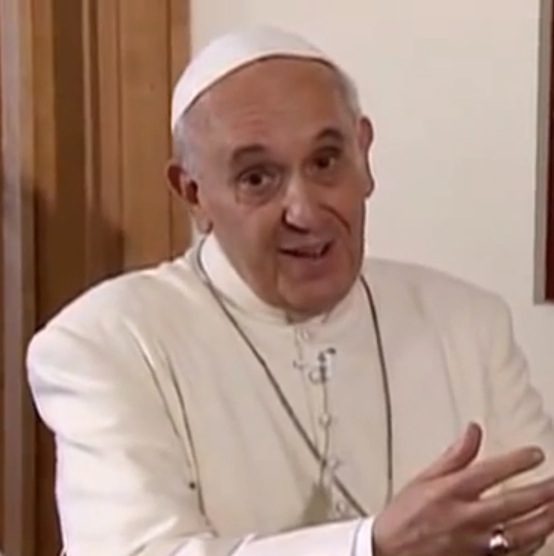“More than 9,300,000 followers and, thanks to retweets, at least 60,000 million people on their smartphones and tablets are reached by the Holy Father’s tweets”; as well as the “10,260,000 people every month who visit our pages in the various languages through the portal www.news.va via Facebook”.
These are Pope Francis’ record statistics on social networks of the first six months of his pontificate; a media success of which “few other global leaders can boast”, is the opinion of Archbishop Claudio Maria Celli, president of the Pontifical Council for Social Communications. The Archbishop talks about it in this interview with our Italian daily on the eve of the dicastery’s Plenary Assembly. It is scheduled to open on 19 September and will end on 21 September with the papal audience.
What innovations has Pope Francis’ style introduced in the world of the Vatican media?
I believe that the major innovation consists in his ability to make himself understood by people of every origin. This is the main lesson we have sought to apply to our way of functioning.
Bergoglio’s style of communication can be summed up in four clearly defined characteristics.
First, he uses a simple, direct, colloquial language, a language that people today understand perfectly.
Secondly he has a content that poses questions to people’s consciences and hearts, responding to human suffering and the human yearning for inner seeking, for the Pope knows what man’s human heart contains. This also explains his success with non-believers, with the people from other religions and with very many distant Christians.
The third element is the way he gestures. Pope Francis does not only say certain things, he makes gestures that are able to convey this human richness, bound coactively to a profound spirituality.
Lastly he also knows how to spark the human imagination and sensitivity through recourse to figurative language. Such as, for example, when he uses colourful expressions which communicate more than the words actually say, using simple sentences to express even difficult concepts. Who could forget his appeal to priests and bishops to acquire the “smell of their sheep”?
Tags: Innovation, media, Pope Francis

